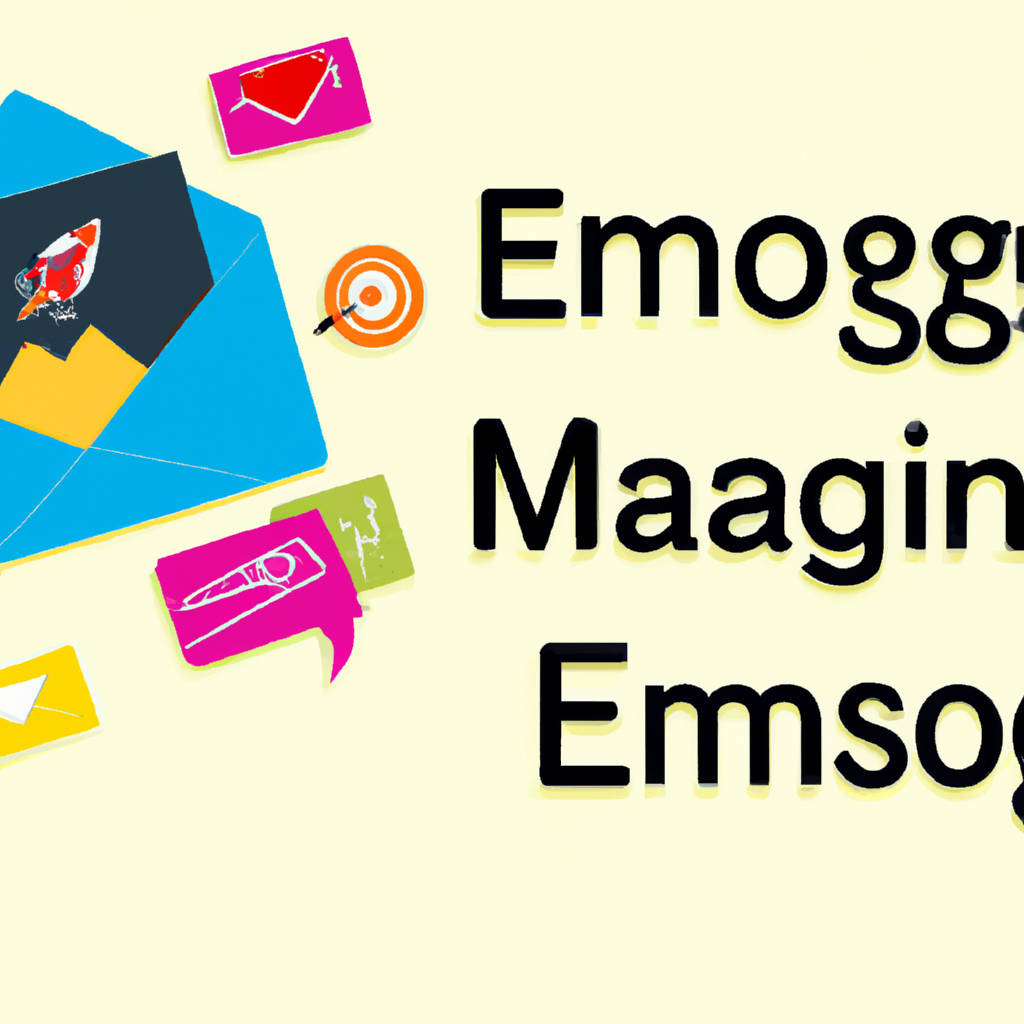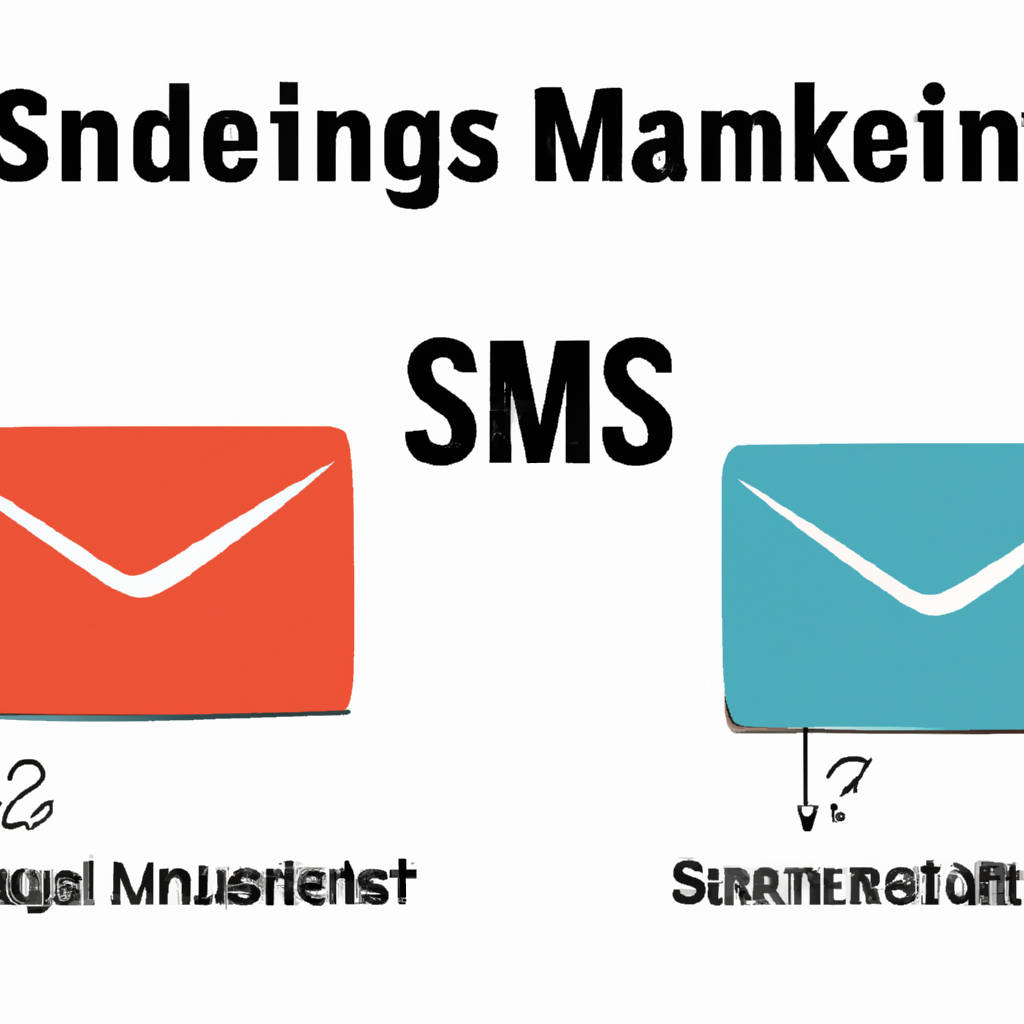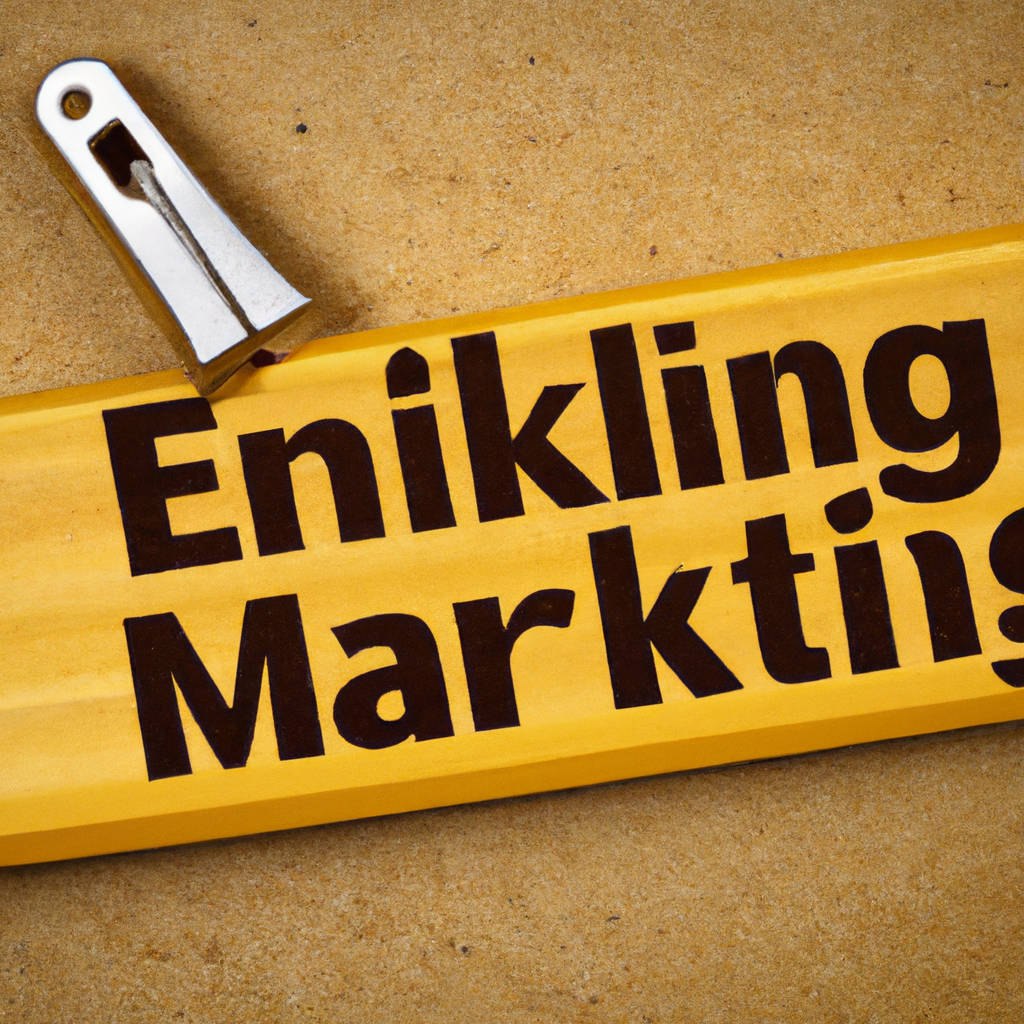In today’s fast-paced digital world, it is crucial for businesses to find innovative and effective ways to engage with their customers. One powerful strategy that has proven to be highly effective is the use of SMS and email marketing. By utilizing these two channels, businesses can reach their target audience directly and in a timely manner. SMS marketing allows businesses to send short, concise messages to customers’ mobile phones, while email marketing enables businesses to send more detailed and personalized messages directly to customers’ inboxes.
By combining these two channels, businesses can create a multi-faceted approach to engaging with their customers, increasing the likelihood of a response and ultimately driving sales. Additionally, SMS and email marketing allow businesses to track customer engagement and measure the success of their campaigns, enabling them to make data-driven decisions to further optimize their marketing strategies. Overall, incorporating SMS and email marketing into a business’s marketing strategy can significantly boost customer engagement and ultimately drive business growth.

SMS vs. Email Marketing
SMS and email marketing are two popular methods used by businesses to reach their customers and promote their products or services. While both have their advantages and disadvantages, they each have unique qualities that make them effective in their own ways. SMS marketing is a more direct and immediate form of communication, as text messages are typically read within minutes of being received. This can be advantageous for time-sensitive promotions or alerts. On the other hand, email marketing allows for more detailed and visually appealing content to be delivered to customers.
With the ability to include images, links, and personalized messages, businesses can create a more engaging and informative experience for their audience. Additionally, email marketing allows for better tracking and analysis of campaign performance, as businesses can easily measure open rates, click-through rates, and conversions. However, SMS marketing can be more cost-effective and have a higher engagement rate, as text messages are more likely to be opened and read compared to emails. Ultimately, the best approach for businesses may be to integrate both SMS and email marketing into their overall strategy to reach a wider audience and maximize their marketing efforts. By utilizing the strengths of each platform, businesses can create a cohesive and effective marketing campaign that engages customers and drives results.
Key Differences Between SMS & Email Marketing
SMS and email marketing are two popular methods used by businesses to reach their target audience. While both can be effective in engaging customers and driving sales, there are key differences between the two strategies.
One major difference is the way in which messages are delivered. SMS marketing involves sending text messages directly to a customer’s mobile device, while email marketing involves sending emails to a customer’s inbox. This distinction is important because it can impact how quickly and easily a message is received and read. SMS messages are typically read within minutes of being sent, making them a great option for time-sensitive promotions or alerts. On the other hand, emails may sit in a customer’s inbox for hours or even days before being opened, making them better suited for longer-form content or promotions that don’t require an immediate response.
Another key difference between SMS and email marketing is the level of personalization that can be achieved. SMS messages are limited in length and format, making it more challenging to create highly personalized messages. In contrast, email marketing allows for more customization options, such as personalized subject lines, images, and links. This can help businesses create more engaging and targeted campaigns that resonate with their audience.
Additionally, the cost of implementing SMS and email marketing campaigns can vary significantly. SMS messages typically have a higher cost per message compared to emails, making them a more expensive option for businesses with large customer bases. On the other hand, email marketing is generally more cost-effective and scalable, allowing businesses to reach a larger audience for a lower cost.
Overall, both SMS and email marketing have their own advantages and limitations. Understanding the key differences between the two strategies can help businesses determine which approach is best suited for their specific goals and target audience. By leveraging the unique strengths of each method, businesses can create more effective and impactful marketing campaigns that drive results.

Benefits of Combining SMS and Email
Combining SMS and email marketing can be a highly effective way to reach a wider audience and improve overall engagement. By utilizing both channels, businesses can ensure that their message is being seen by more people and increase the likelihood of a response. SMS messages are typically read within minutes of being received, making them a great way to quickly grab the attention of customers. On the other hand, email allows for more detailed and personalized messages to be sent, providing a more in-depth look at products or services. By using both SMS and email, businesses can create a multi-channel marketing strategy that caters to different preferences and habits of their target audience.
Additionally, combining SMS and email can help businesses improve their overall communication strategy. By coordinating messages across both channels, businesses can ensure that they are reaching customers at various touchpoints throughout the customer journey. This can help to reinforce brand messaging and increase brand awareness. Furthermore, by integrating SMS and email marketing efforts, businesses can track and analyze customer engagement data more effectively. This data can provide valuable insights into customer behavior and preferences, allowing businesses to tailor their marketing efforts to better meet the needs of their audience.
Overall, combining SMS and email marketing can provide businesses with a more comprehensive and effective way to communicate with customers. By leveraging the strengths of both channels, businesses can create a more engaging and impactful marketing strategy that drives results. With the ability to reach a larger audience, improve communication, and gather valuable data, businesses can benefit greatly from integrating SMS and email into their marketing efforts.
Getting Started with SMS & Email Marketing
SMS and email marketing can be powerful tools for businesses looking to reach their target audience and drive engagement. To get started with SMS and email marketing, it is important to first understand the rules and regulations surrounding these forms of communication. Businesses must ensure they have permission from recipients to send them messages, as well as provide an easy way for recipients to opt-out of future communications. Once these basics are in place, businesses can begin building their contact list and crafting compelling messaging that will resonate with their audience.
When it comes to SMS marketing, businesses should keep messages short and to the point, as recipients are often on-the-go and may not have time to read lengthy messages. Including a call to action in SMS messages can also help drive engagement and encourage recipients to take the desired action. With email marketing, businesses should focus on creating visually appealing and informative emails that provide value to recipients. Personalizing emails based on recipient preferences and behavior can also help increase engagement and drive conversions.
As businesses begin their SMS and email marketing efforts, it is important to track and analyze the performance of their campaigns. This can help businesses understand what is working well and what can be improved upon in future campaigns. By testing different messaging strategies, timing, and targeting, businesses can refine their approach and optimize their marketing efforts for better results.
Overall, getting started with SMS and email marketing requires a solid understanding of best practices and a commitment to providing value to recipients. By following the rules and regulations, crafting compelling messaging, and analyzing campaign performance, businesses can effectively leverage SMS and email marketing to reach their target audience and drive engagement.

Starting SMS Marketing
Starting SMS marketing can be a highly effective way to reach your target audience and increase engagement with your brand. By sending personalized messages directly to your customers’ phones, you have the opportunity to connect with them in a more direct and personal way. However, it is important to remember that SMS marketing is a privilege, not a right. It is crucial to obtain permission from your customers before sending them any messages. This can be done through opt-in forms on your website or in-store, or by having customers text a keyword to a specific number to subscribe. Once you have permission, it is essential to provide valuable and relevant content to your customers.
This can include exclusive offers, promotions, event invitations, or important updates about your products or services. Additionally, it is important to be mindful of the frequency of your messages. Bombarding your customers with too many texts can be off-putting and lead to them unsubscribing from your list. It is also important to track and analyze the results of your SMS marketing campaigns to see what is working and what can be improved. By following these guidelines and best practices, you can create a successful SMS marketing strategy that helps you connect with your customers and drive sales for your business.
Starting Email Marketing
Starting email marketing can be a powerful tool for businesses looking to connect with their customers in a more personal and direct way. By creating targeted email campaigns, businesses can reach their audience with relevant content and promotions that can drive engagement and sales. However, it is important to follow best practices and guidelines to ensure that your email marketing efforts are successful.
This includes obtaining permission from recipients before sending them emails, as well as providing an easy way for them to opt out of receiving future communications. Additionally, it is important to regularly monitor and analyze the performance of your email campaigns to make adjustments and improvements as needed. By starting email marketing on the right foot and following these guidelines, businesses can effectively leverage this channel to build relationships with their customers and drive business growth.

Combining SMS & Email for Better Campaigns
Combining SMS and email for marketing campaigns can be an effective strategy to reach a larger audience and increase engagement. By utilizing both channels, businesses can create a more comprehensive and targeted approach to their marketing efforts. SMS messages are great for reaching customers quickly and directly, while email allows for more detailed and personalized communication. By integrating the two channels, businesses can ensure that their messages are being seen by a wider range of customers.
This can lead to increased brand awareness, customer loyalty, and ultimately, higher conversion rates. Additionally, by combining SMS and email campaigns, businesses can track and analyze the effectiveness of their marketing efforts more accurately. This data can then be used to further optimize future campaigns and drive even better results. Overall, by leveraging both SMS and email in conjunction with one another, businesses can create more impactful and successful marketing campaigns that resonate with their target audience.